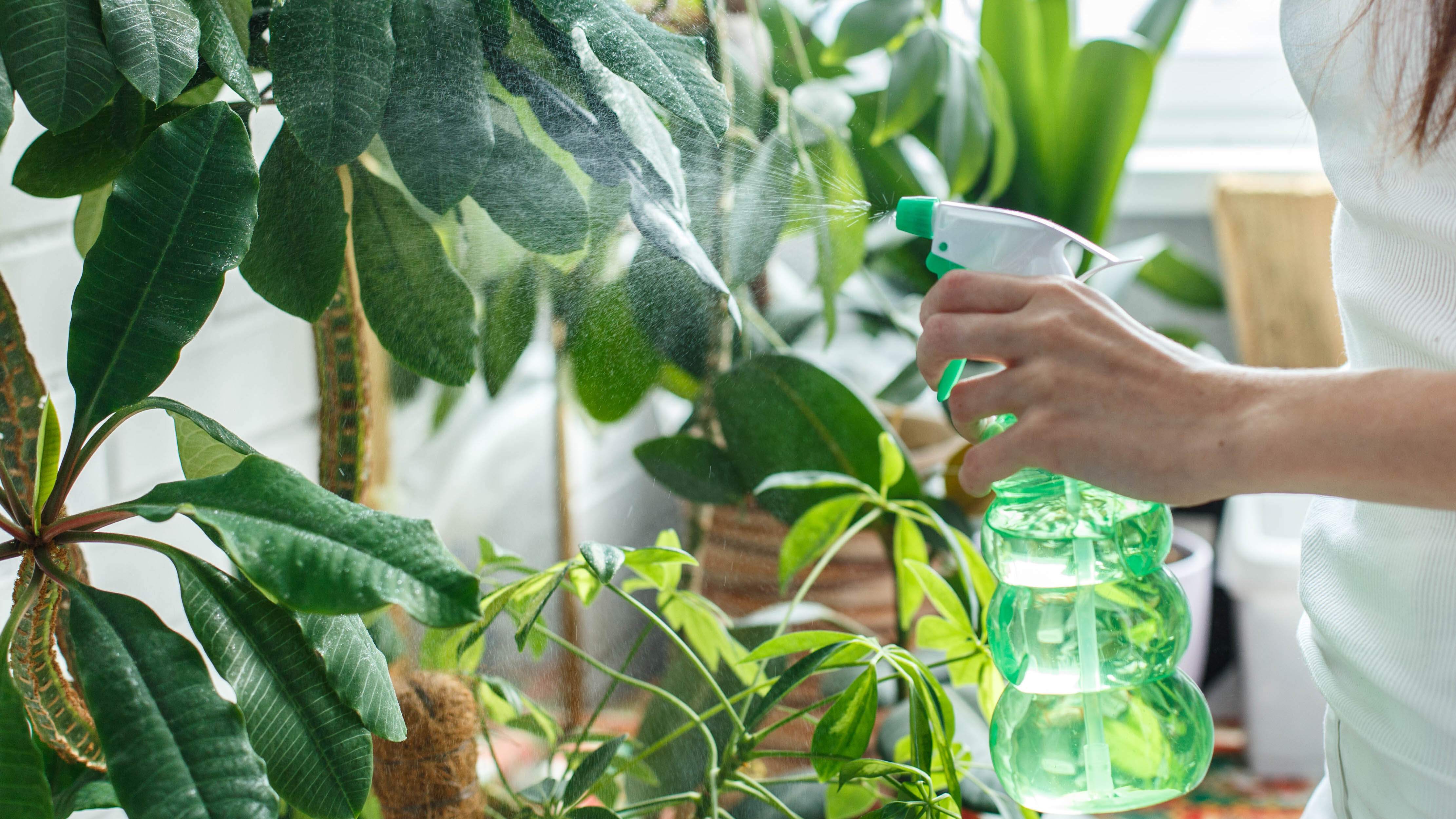
Whether you have a sprawling backyard or balcony garden, plants can make a beautiful addition to our homes.
Besides the upkeep of watering and feeding your precious plants or homegrown veggies, they also need a good fertilizer to give it nutrients and a healthy boost. The key nutrients are nitrogen, phosphorus, and potassium — which are found in most commercial fertilizers.
But, did you know you can make homemade fertilizer using simple things in your kitchen? In fact, these surprising items (that we often throw out), all contain the same essential nutrients needed to help your plants grow healthy and green. Without these nutrients, your plants will show signs of deficiency, like yellowing or wilted leaves.
Best of all, they are eco-friendly, and far cheaper than buying commercial fertilizers — saving you cash on your bills. So before you ditch any household items, you might want to try one of these easy ways to make homemade fertilizer, and help your plants flourish.
1. White vinegar and water
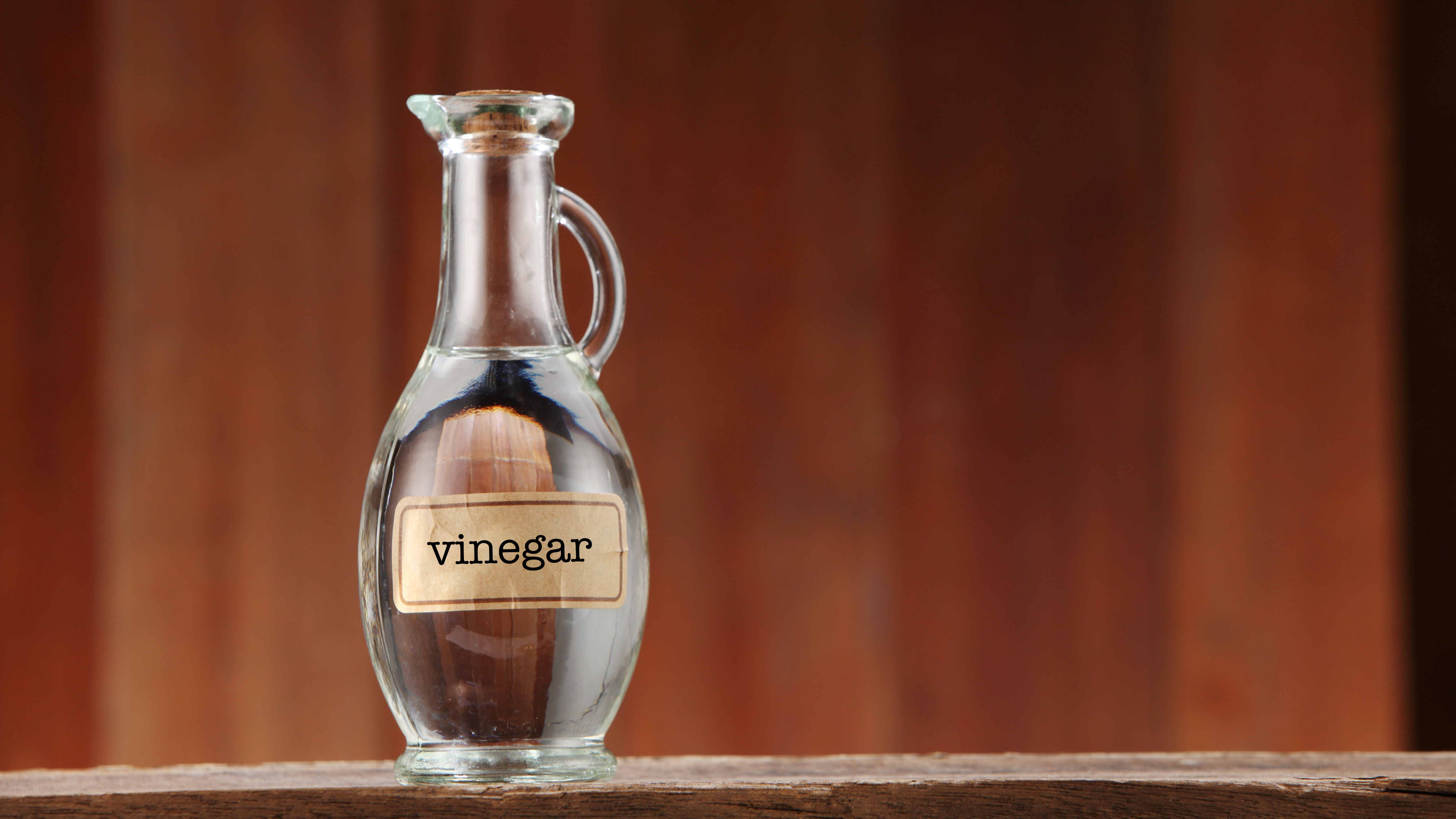
We all know that white vinegar makes a great, natural cleaner, but it can also be used as a fertilizer. This is because the acetic acid in vinegar is a natural way to increase the acidity in the soil — especially if your soil pH levels are unbalanced. For instance, acid-loving plants like hydrangeas, gardenias, rose, hibiscus and others need an acidic soil PH of around 6 to thrive.
Simply mix one tablespoon of white vinegar to 4 1/4 cups (1 litre) of water to create a solution. Then, water your plants every three months or so. Experts suggest using this as a replacement for soil acidifiers, and houseplant fertilizers. To check the acidity levels, you can invest in a pH meter like this SONKIR Soil pH Meter ($10, Amazon), to ensure your soil is in good condition.
In fact, white vinegar makes an effective weed killer, and can repel all sorts of pests such as insects, slugs, snails, ants and other common pests. However, never use undiluted white vinegar, and also avoid these 7 things you should never clean with white vinegar.
2. Grass-clipping tea
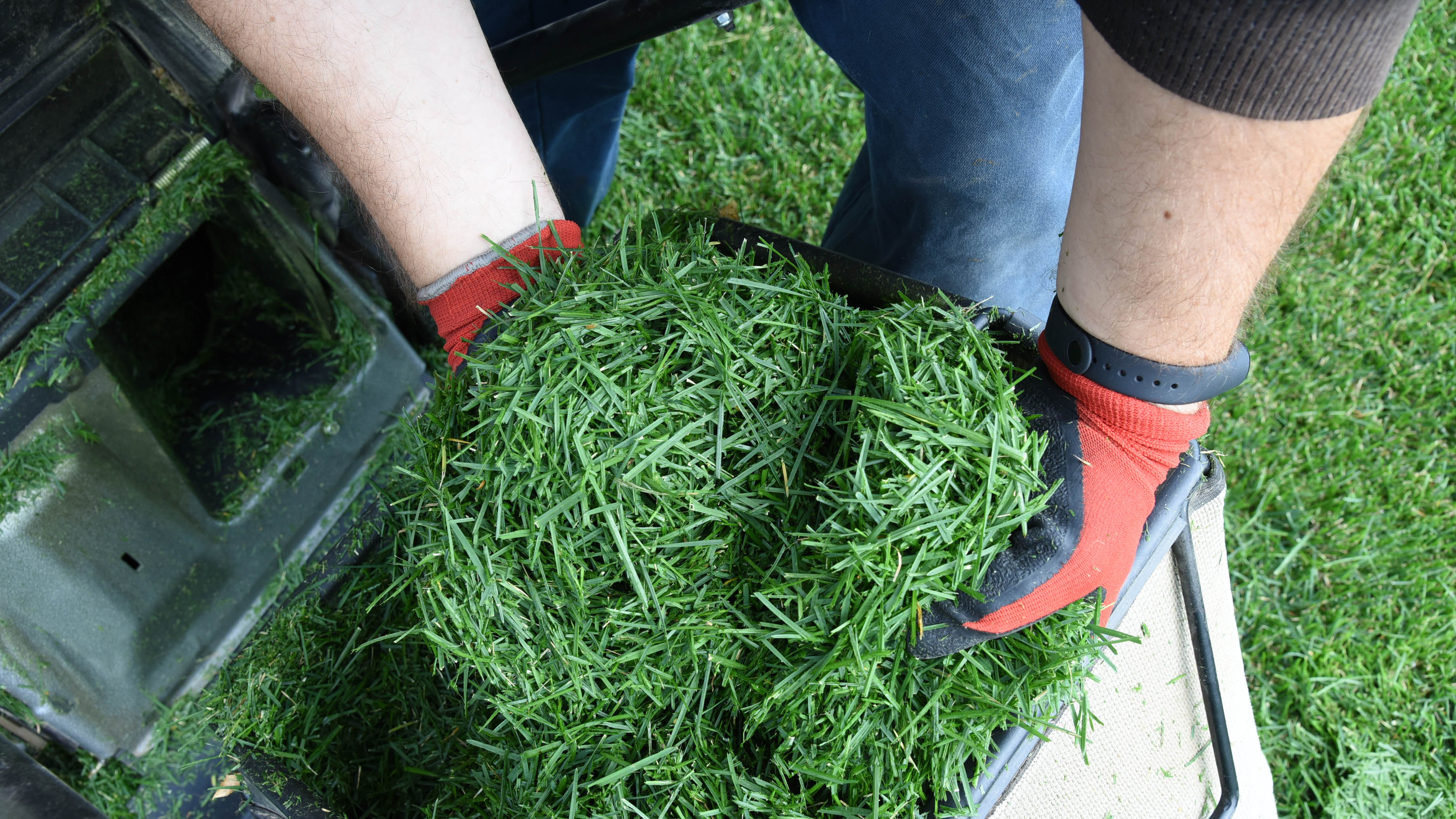
After mowing the lawn, we tend to either bag up the waste, or compost it. However, grass clippings are nitrogen-rich, and can be reused in several ways.
To make your own grass-clipping fertilizer, take a bucket and fill two thirds of the way with fresh clippings. Then, fill the rest with water, before covering with a cheesecloth or lid.
Keep the bucket in the shade, allowing the solution to "brew" for about one to two weeks. Then, carefully fill a watering can/cup and pour around the base of your plants, veggies or around shrubs.
Alternatively, you can use a clean spray bottle to spray your potted plants, and in the garden. Not only will this provide all the minerals your yard needs, but should give plants a healthy boost. Bear in mind to use your homemade fertilizer at one time, and avoid storing leftovers as it will start to smell bad.
3. Epsom salts
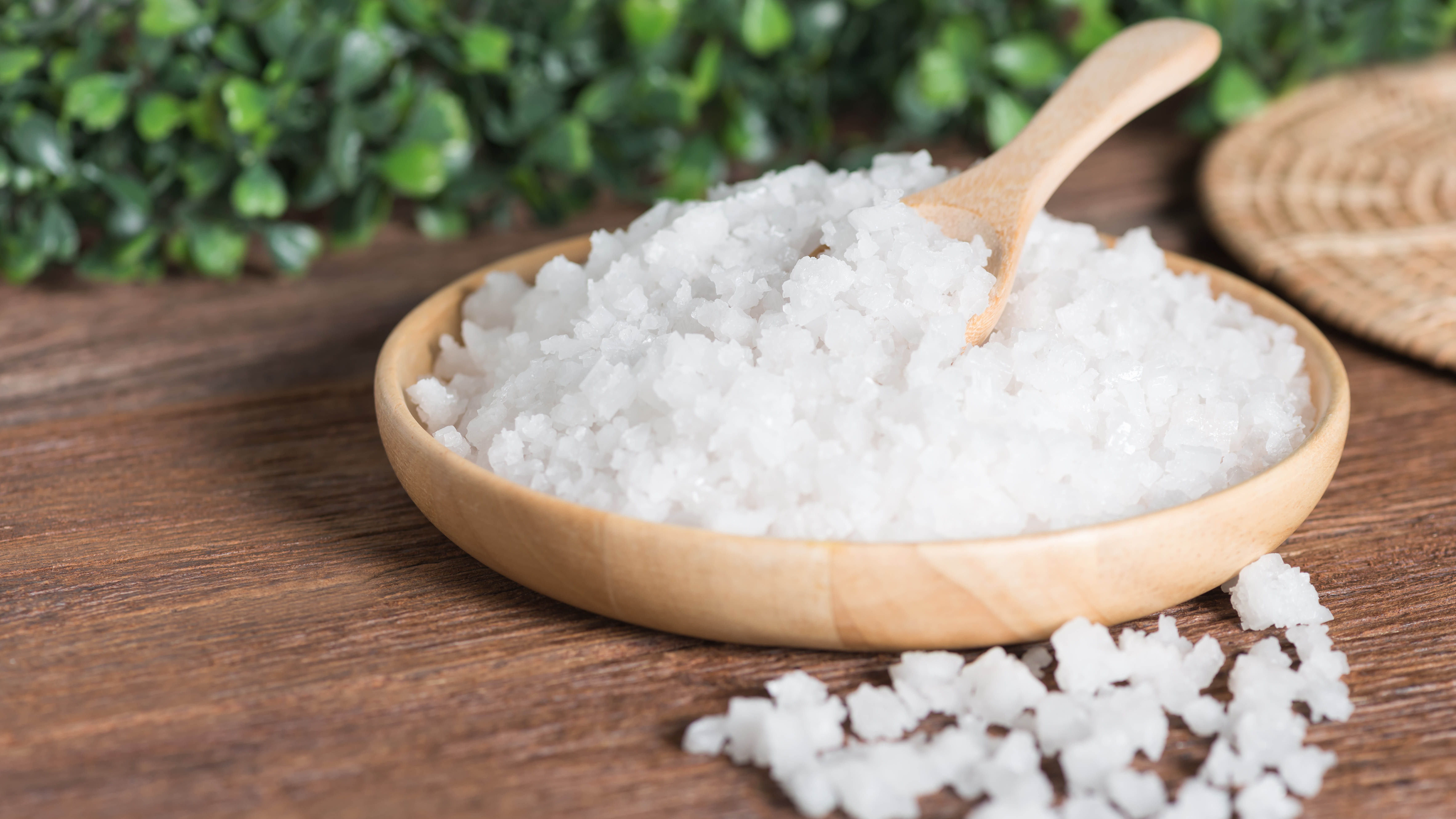
Besides using them in our relaxing baths, to relieve muscle aches and pains, epsom salts are also great for reviving plants! These salts contain magnesium and sulfur, which are essential plant nutrients.
To make an Epsom salt fertilizer, simply dissolve two tablespoons of salt to a gallon of water in a spray bottle. Mix the solution well before misting your plants with it every two to four weeks. Alternatively, you can place epsom salts directly onto the soil about once a month. Experts recommend applying one teaspoon of salt per foot of the size of the plant area.
Bear in mind that tropical palms and carnivorous plants won’t benefit from epsom salts, because these actually survive in mineral-poor soil. These include the insect-eating, venus fly traps, sundews and pitcher plants.
4. Leftover eggshells
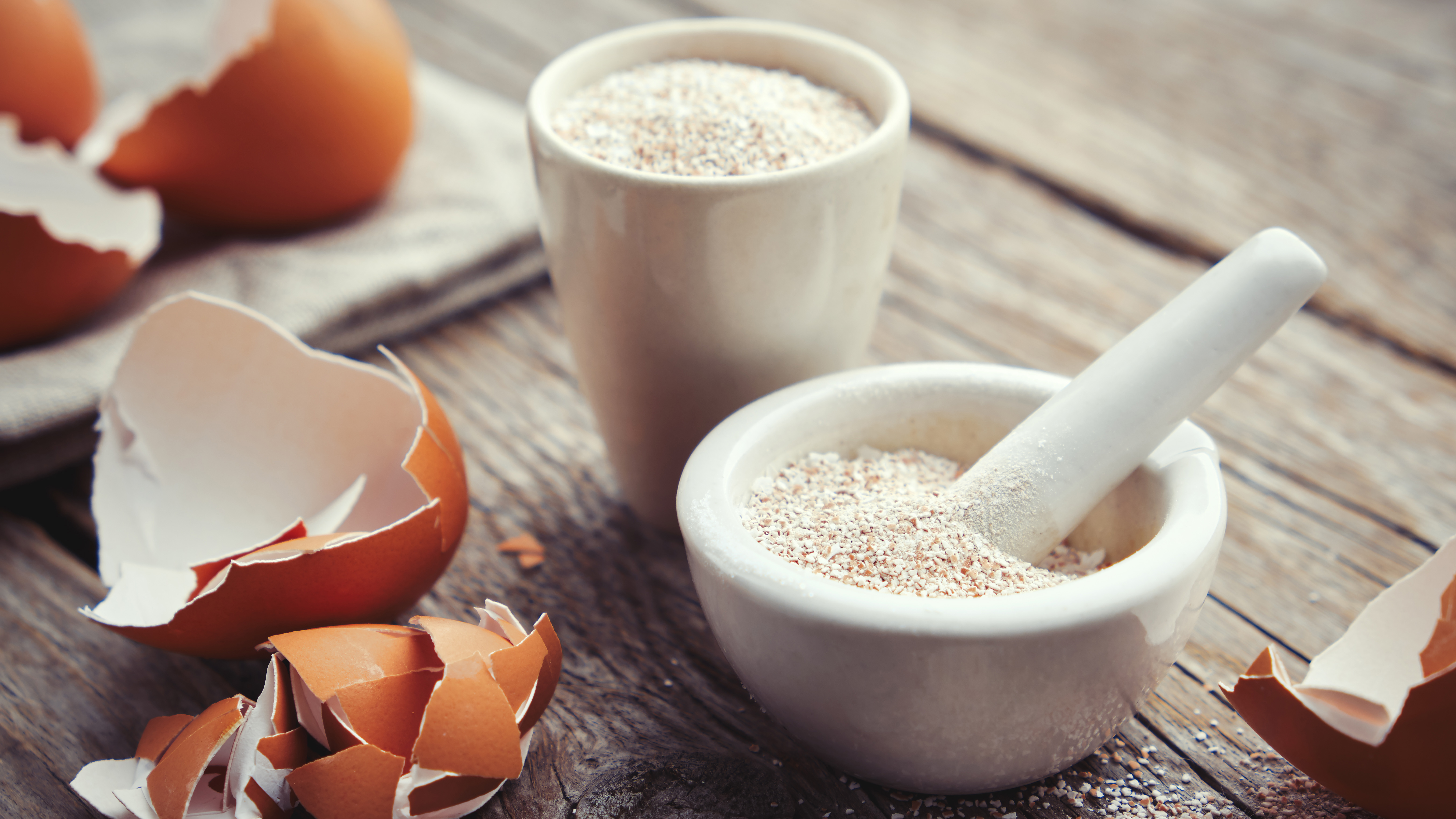
Before you throw away your eggshells at breakfast, why not throw them onto your plants? Eggshells are full of calcium carbonate, which is also the main ingredient for the dolomitic lime typically used when liming your lawn. Eggshells also maintain pH balance, and neutralize acidity.
First, allow your shells to air-dry before crushing or placing them in a blender to pulse until they're powdery. Then, sprinkle the shell powder around the base of your potted plants, or in your garden plot. Their nutrients will be absorbed into the soil, as the shells break down.
Not only will this natural fertilizer ensure healthy soil, but will promote better growing conditions for plant growth. In addition, eggshells can also be used for drainage materials and allows sufficient oxygen to get into the root systems, especially if overwatered.
5. Green tea leaves
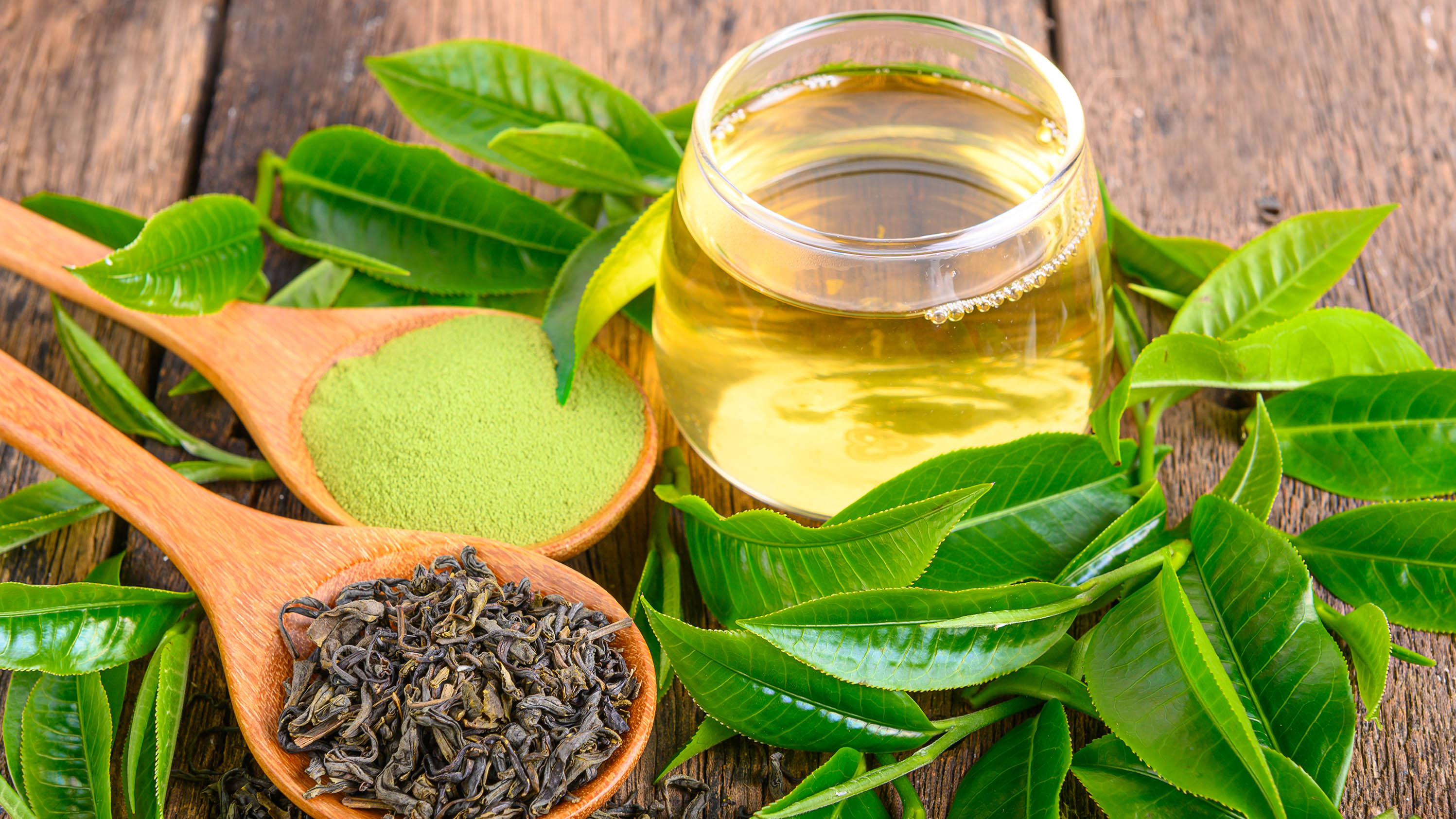
You may enjoy drinking it, but green tea can also make an effective, homemade fertilizer. This is because the leaves are packed with potassium, phosphorus and high in nitrogen, which all encourage plant growth.
Simply fill a container with water and green tea leaves, and allow the solution to sit/soak for 24 hours. Then you can either strain the tea first or pour the mixture directly onto plant beds to prevent plant diseases and protect roots. This also keeps pests and insects at bay – eliminating the use of toxic chemicals found in commercial insecticides.
6. Coffee grounds
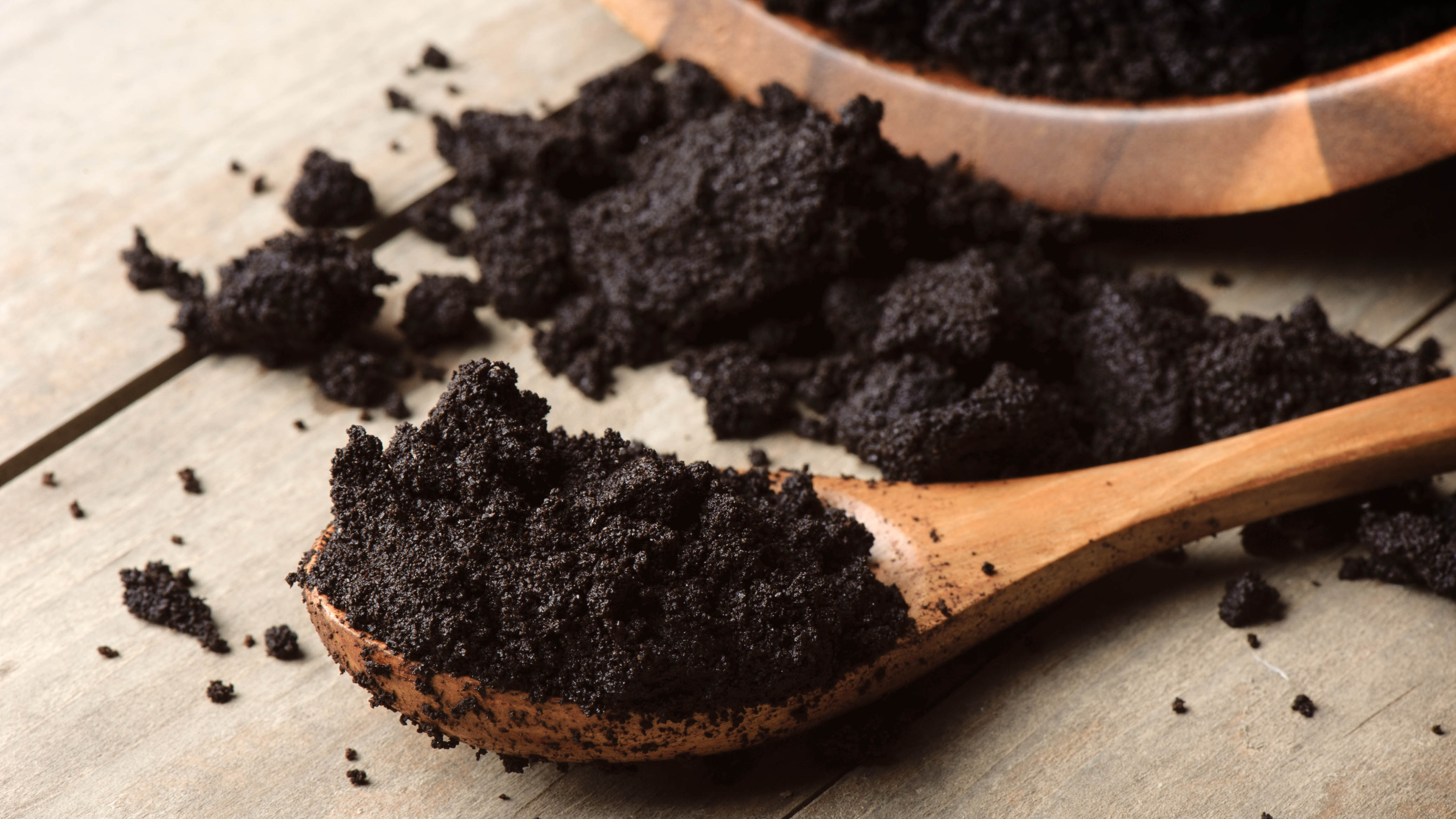
We’re not the only ones who need a dose of caffeine to perk us up! Coffee grounds also come in handy for fertilizing your plants, and improving soil conditions. This is because they’re loaded with key nutrients including high levels of nitrogen, calcium, potassium and magnesium — all essential for healthy soil and plant growth.
First, wait for your used coffee grounds to dry before sprinkling over your beloved houseplants. You can also spread grounds directly onto the soil of your plant beds, which can improve drainage, water retention, and aeration in the soil.
7. Banana peel water
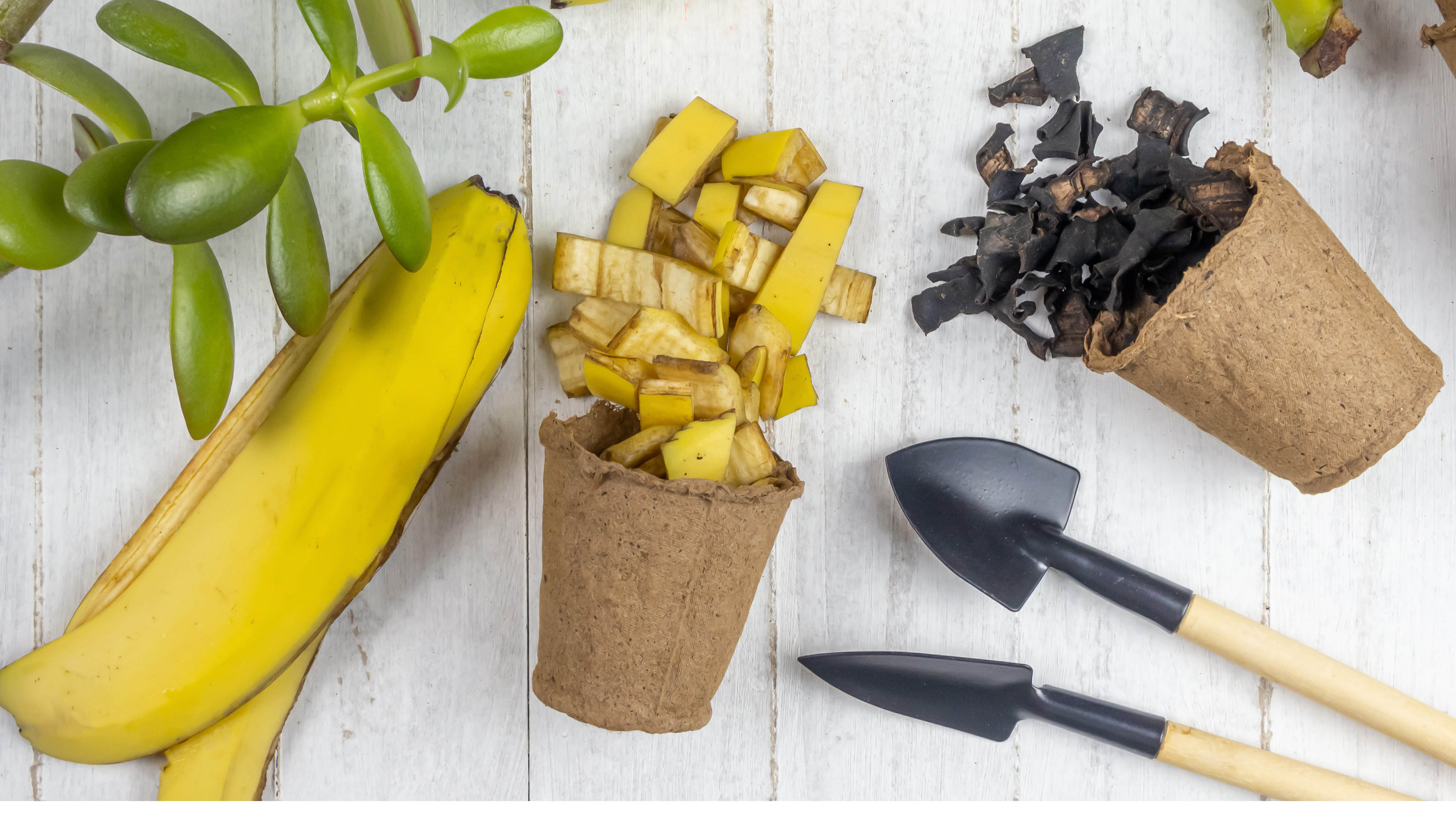
Similarly, don't throw out your banana peels, as these make the ideal, homemade fertilizer for your plants. Banana peels are full of potassium and calcium, which will feed plants, promoting root growth. It’s always best to use organic banana peels, which should be free from chemicals.
You can either place peels directly onto pot plant soil, or they can be used as mulch around the base of your garden. Once the fruit’s skin breaks down into the soil, this will disperse essential nutrients into the soil.
Alternatively, you can make a liquid fertilizer by adding peels to a glass jar of water. Close the lid firmly, and allow it to soak for a few days or a week. Then, remove the peels and use the water in a spray bottle to fertilize your plants. What’s more, banana peels are known to repel pests.







